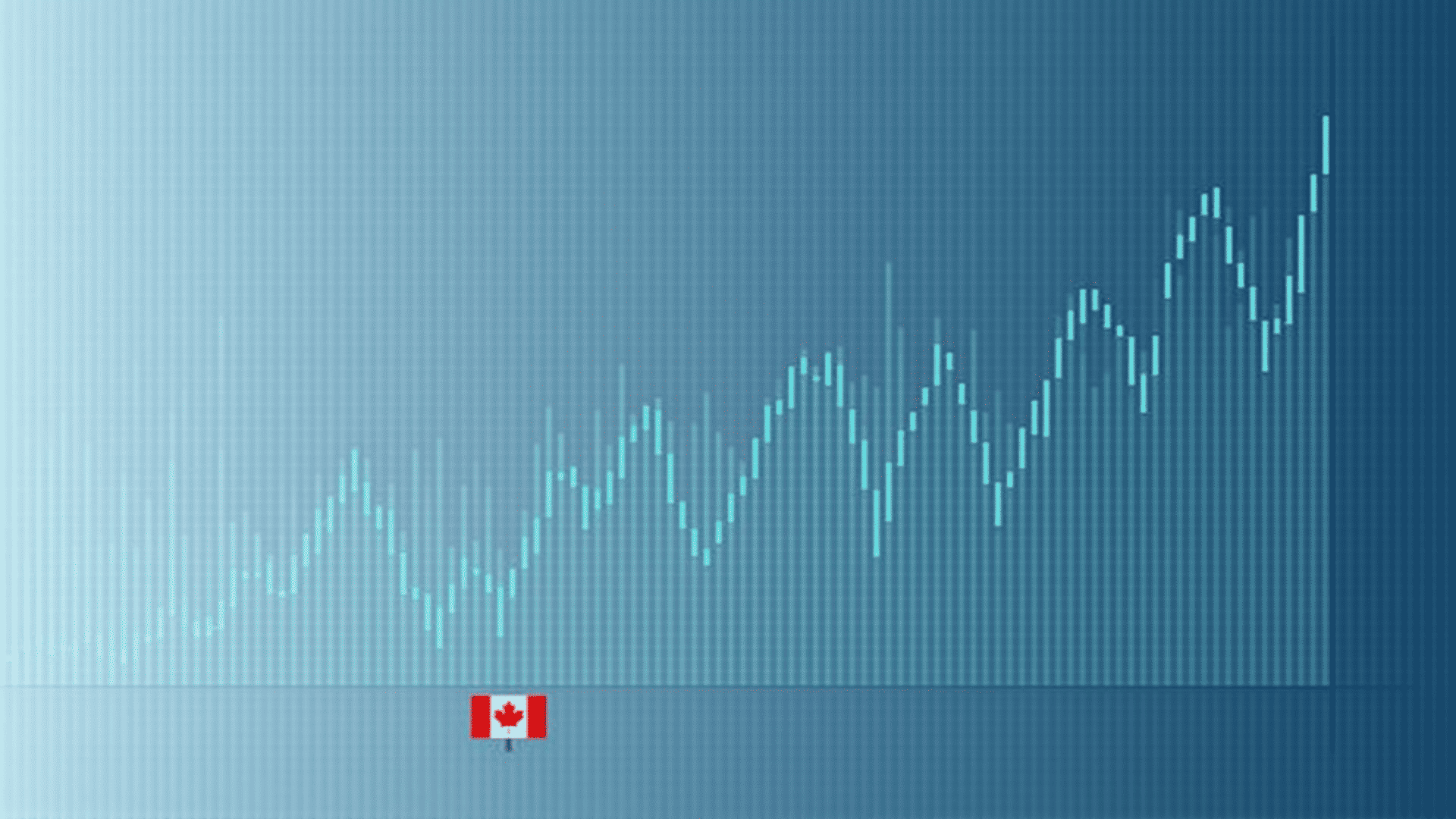Economic cycles refer to the fluctuations in the economic activity of a country over time, encompassing periods of expansion and contraction. These cycles have a profound effect on not only national economies but also on global markets, as major economies like Canada play significant roles in international trade and investments.
Understanding the Phases
An economic cycle consists of four primary phases: expansion, peak, contraction, and trough. Each phase has distinct characteristics and impacts different sectors in various ways:
-
Expansion: This phase is marked by an increase in economic activity. Indicators such as employment rates, consumer spending, and industrial production typically rise. In Canada, this might manifest as a boom in industries like natural resources and manufacturing, leading to more job opportunities and greater economic output.
-
Peak: The peak is the zenith of the cycle, where economic activity hits its maximum before starting to decline. At this point, growth may lead to inflationary pressures, as demand for goods and labor exceed supply.
-
Contraction: During contraction, the economy experiences a decline in activity. Indicators that rose during expansion begin to fall. There may be a noticeable reduction in consumer spending and a slowdown in production. In Canada’s context, this might affect sectors that are sensitive to global demand, like exports of natural resources.
-
Trough: The trough is the lowest point of the cycle, after which recovery begins. This phase typically sees stabilization in economic indicators, paving the way for the next period of growth.
Impacts on National and Global Markets
Economic cycles have several implications for both national and global markets:
-
Resource Allocation: These cycles influence how resources are distributed across sectors. During expansion, capital and labor may flow towards booming industries to meet rising demand. Conversely, during contraction, resources might be retracted or reallocated as businesses adjust to decreased activity.
-
Consumer Confidence: The phases of the cycle can significantly impact consumer and business confidence. During expansion, optimism about future prospects can lead to increased expenditure, while contraction may foster caution and reduce spending.
-
Policy Responses: Governments and monetary authorities use various measures to moderate the cycles. During contraction, steps like lowering interest rates or introducing stimulus measures are often employed to spur activity. On the other hand, expansion periods may warrant policies aimed at cooling down overheating economies.
-
Global Interconnectivity: Canada’s economic cycles do not exist in isolation; they are linked to global economic conditions. For instance, a slowdown in international demand for Canadian exports can contribute to a phase of contraction, highlighting the interconnected nature of today’s economies.
Conclusion
Understanding economic cycles is crucial for anticipating changes in market conditions and for making informed decisions in business and policy-making. By recognizing the patterns and indicators of each phase, stakeholders in Canada and worldwide can better navigate the complexities of economic fluctuations and their far-reaching impacts.
